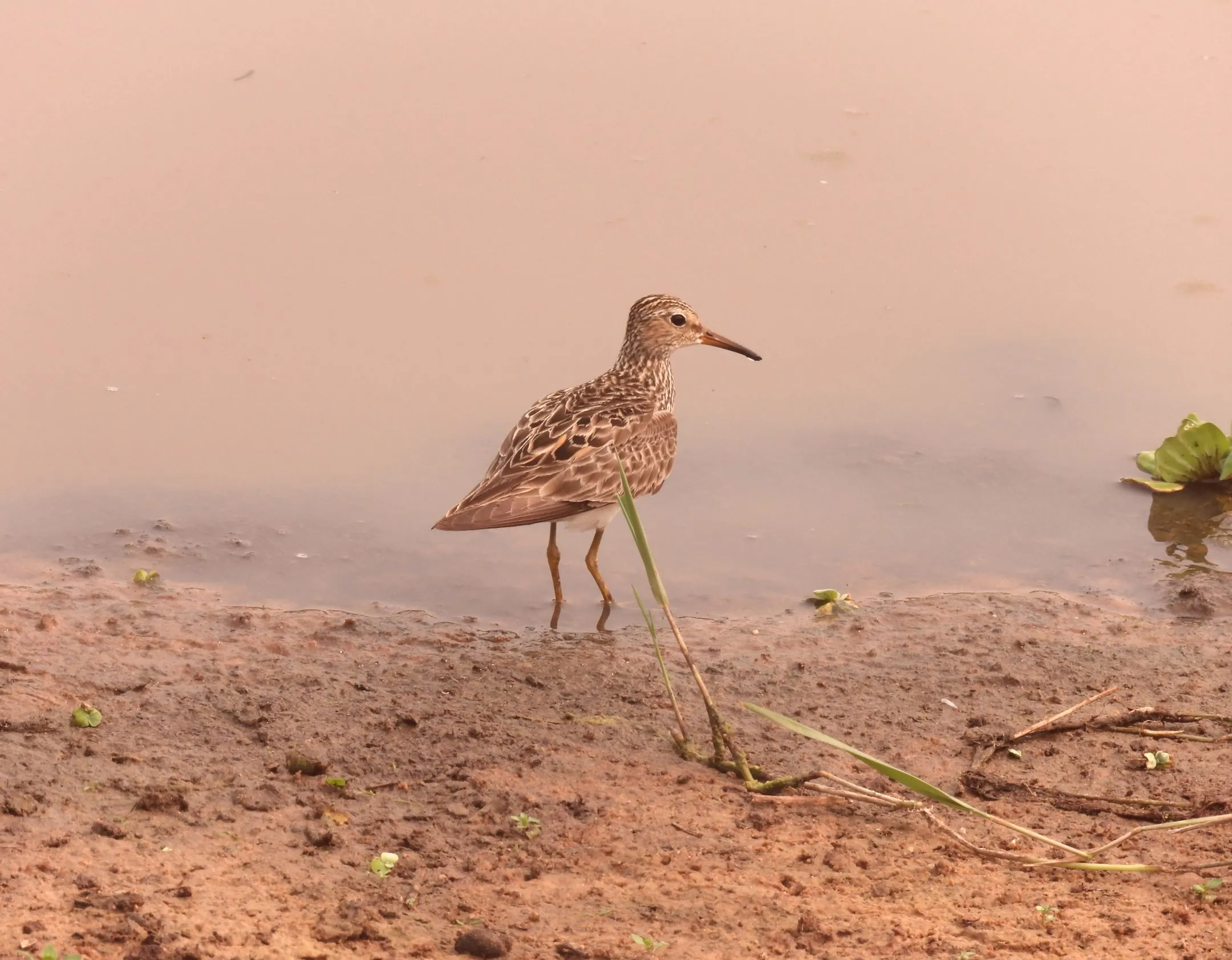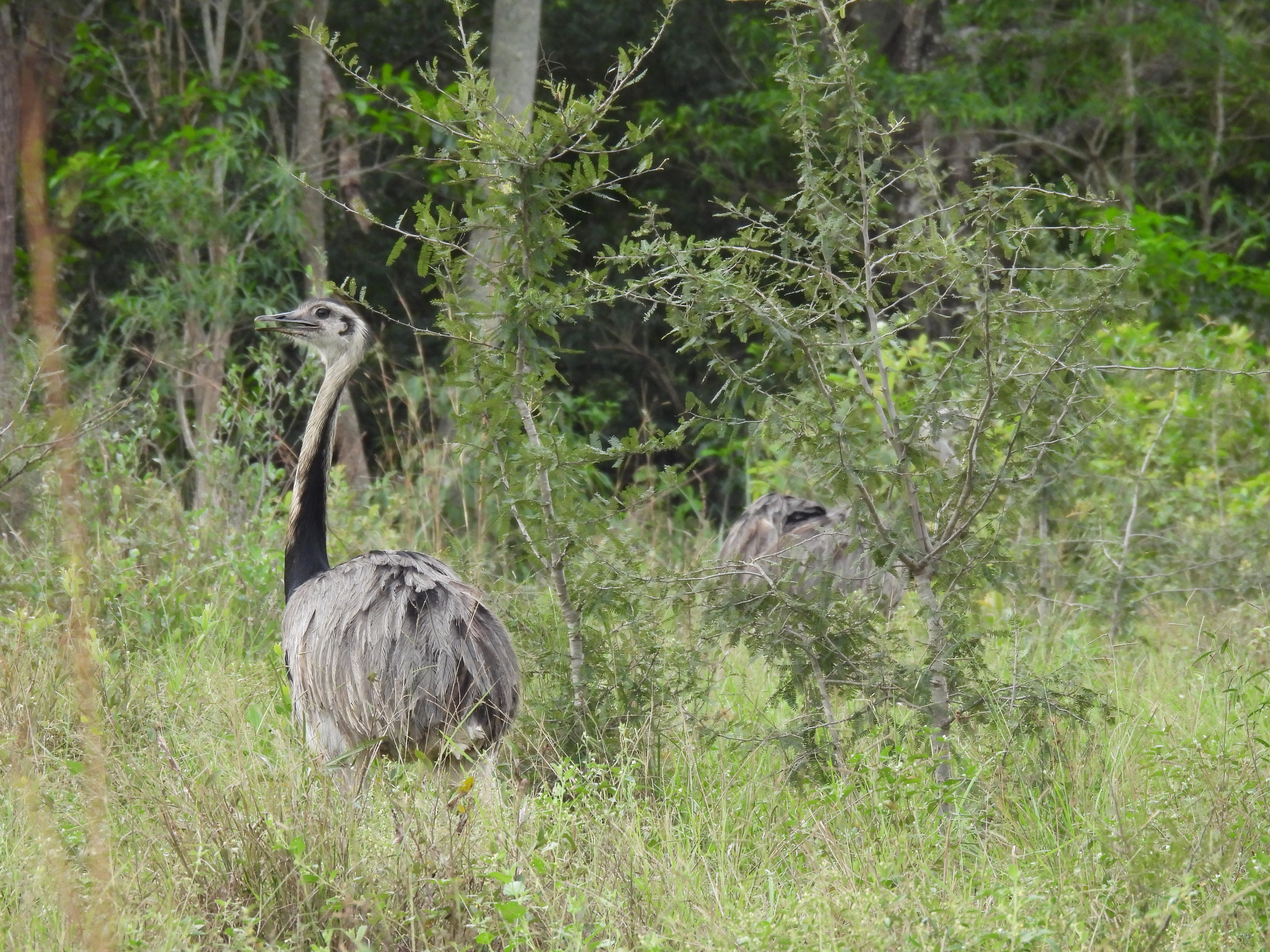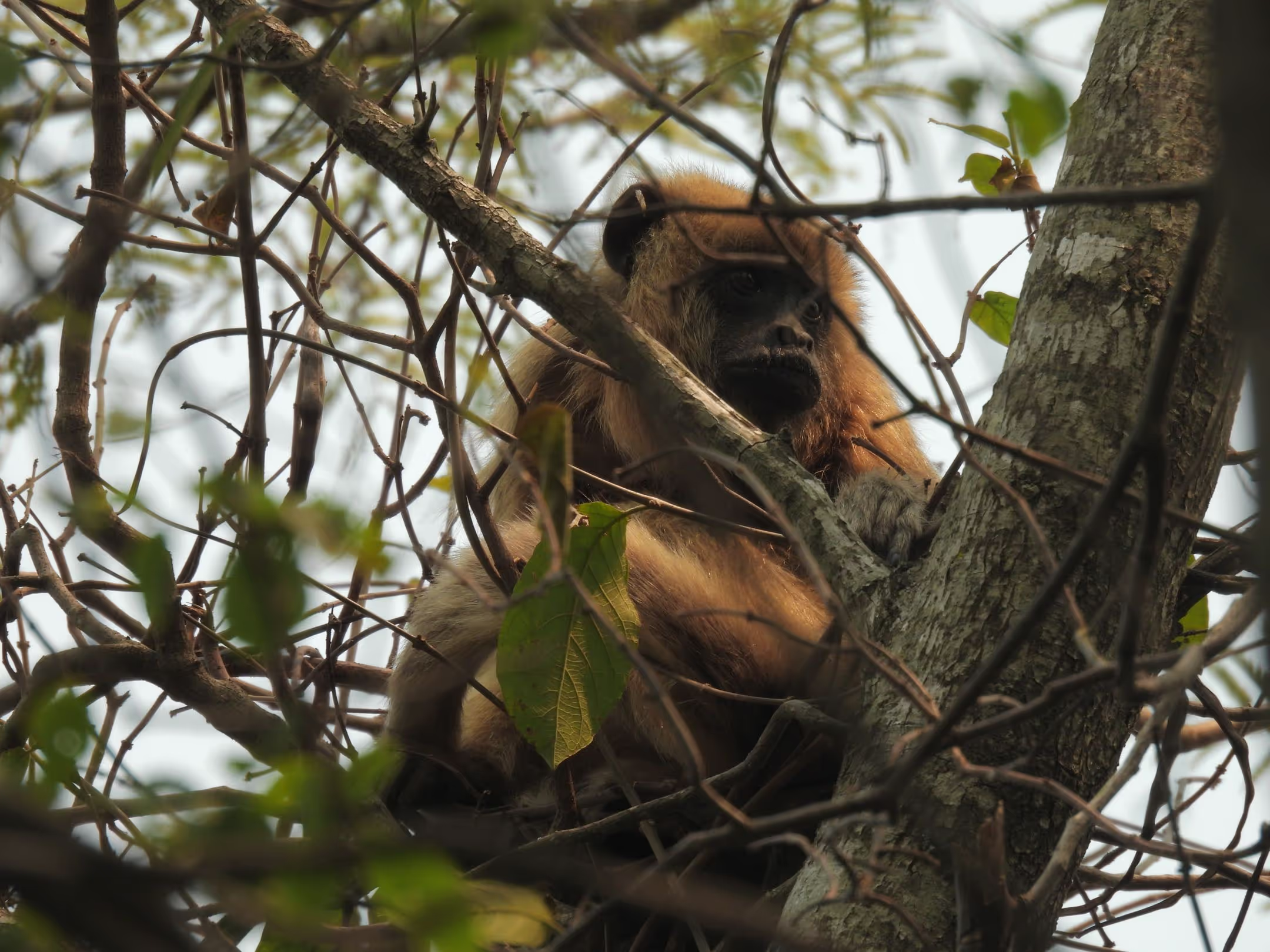Net Biodiversity Gain
Net Biodiversity Gain

Net Biodiversity Gain Strategy
Paracel's net biodiversity gain strategy seeks to improve the state of biodiversity in its area of influence, compared to what would have happened in this landscape without the company's presence.
To achieve Net Biodiversity Gain, Paracel has established 42% of its properties to conservation areas, in a landscape that is mosaic with forest production.
Measures have been established to reduce external pressures on natural resources (fires, poaching, various extractions) and through the MATES process, the conservation of natural and environmentally important habitats is guaranteed.
Conservation of natural and critical habitats
Forest and savanna restoration actions
Biodiversity Management: Fauna and Flora

_09130654.JPG)

.jpeg)





What is Net Biodiversity Gain?
Net biodiversity gain is a conservation approach that seeks to ensure that positive results on biodiversity are achieved in a production and development scenario.
To achieve this, Paracel implements:
Conservation of natural and critical habitats
Forest and savanna restoration actions
Biodiversity Management: Fauna and Flora
Area connectivity through biological corridors
Application of the mitigation hierarchy for all production activities
FAQs
No. Paracel will implement the necessary mechanisms to ensure that there are no disturbances in the environment related to the noise generated by quarterly monitoring noise levels at 5 points already established in the baseline. The values will be compared with the limits or levels accepted for industrial activities. In addition to monitoring, preventive measures will be established, such as the use of insulation systems in equipment that could generate noise and protective measures for employees and collaborators in the industry. In addition to monitoring, preventive measures will be established, such as the use of equipment isolation systems that could generate noise and protective measures for employees and collaborators in the industry.
Paracel will manage waste, coming from all operating sites, that is, the industrial component, the forestry component and the administrative offices, following the Comprehensive Waste Management Program, which includes as its main criteria, the adoption of minimization measures at source, as well as management from generation, characterization, segregation, temporary storage, collection and transport, treatment and final disposal of waste.
Because eucalyptus plantations will have a cycle of at least six years between planting and harvest, the use of agrochemicals will be low and will be concentrated only on the initial phase of cultivation. Ants will be monitored throughout the cycle and controlled using mostly low-toxic products and in compliance with legal regulations.
Yes. The surfaces of forest plantations will capture significant carbon present in the air, so Paracel will contribute to mitigating the increase in the concentration of CO2, the main Greenhouse Gas (GHG) that causes global warming. The Carbon balance, that is, the CO2 emissions of Paracel activities minus the carbon capture that its forest plantations will carry out gives a positive balance, that is, it will capture more CO2 from the air, than will be emitted. In addition, native forests and natural areas that will be released. they will be under conservation in the Paracel properties and will act as carbon sinks, which means that the emission of CO2 will also be avoided due to the change in use of these areas, if they were not conserved.
Eucalyptus forest plantations will be managed adopting soil conservation criteria, including: - Maintaining soil fertility and organic matter content: based on physicochemical analysis, fertilization recommendations are made for each type of soil, to ensure that the nutrients that are extracted are returned to the soil in the optimal amount.- Erosion control: practices are carried out that prevent soil loss by water or wind trick.- Pollution prevention: adopted practices such as oil and fuel management to prevent water and soil pollution. In addition, legal requirements and those required by FSC® and IFC standards are included as principles of sustainable production.
Paracel provides several mechanisms for managing its effluents or liquid waste, both in the construction phase and in the operation of the factory. As preventive measures to reduce the volume of wastewater or effluent generation, we will implement actions for the recirculation and reuse of water in all our processes.
All effluents discharged to the Paraguay River will comply with the limits established in SEAM Resolution No. 222/2002 “Establishing the standard of water quality in the national territory”.
The effluent treatment system of the factory operation basically consists of three stages: primary, secondary and tertiary treatment.
The effluent quality parameters will be monitored through regular sampling at the entrance and exit of the treatment plant, through laboratory analysis. In addition, samples are planned to be sent for verification to external laboratories, according to the frequency required by the enforcement authority.
The sampling of the effluent for the corresponding analyses will be in real time (online), simple (instant collection) or composed of a period of 24 hours, being collected by automatic samplers. In turn, these will be carried out at the entrance and exit of the Effluent Treatment Plant. If the parameters exceed the established limits, the effluent will be redirected to an emergency lagoon in the PTE.
Yes. Paracel will not affect the legal surface of the existing forest, which corresponds to 25% of the wooded area that existed in the base year (1986) on each property. Native forests and riparian forests (protectors of water channels) that represent legal reserves, of all Paracel properties will be preserved in their entirety. Paracel provides for mechanisms for constant monitoring, through high-resolution satellite images and drone overflight, in order to verify the evolution of the forest cover surface and the evolution of regenerated, recovered or restored areas; in turn, procedures are contemplated for the monitoring and control of illegal activities that may affect the quality and quantity of forest surface.
Yes. Paracel has all the permits required by the Ministry of Environment and Sustainable Development (MADES). You can access this information at the following link: https://paracel.com.py/documentos/
Paracel will use the best available technologies and best environmental practices to treat air emissions that could generate odors. Capture and absorption devices will be adopted to prevent the dispersion of pollutants in the atmosphere, which will be pre-cleaned before their final emission, as well as the use of high-efficiency electrostatic precipitators in boilers, a real-time gas monitoring and control system.




